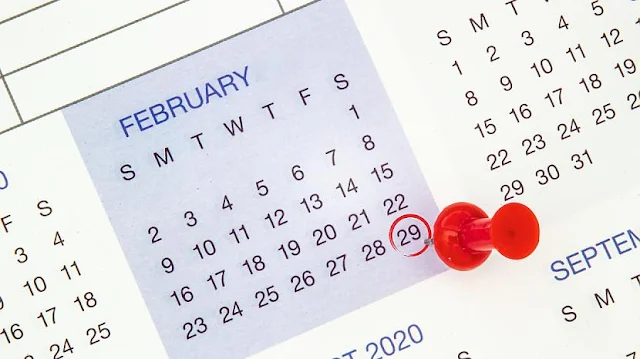We all know that there are 24 hours in a day, 7 days in a week and 365 days in a year except once every four years when it is a leap year and has 366 days. However, there is an exception when this leap year is omitted even though it should be. Do you know why that is?
Image from: canva.com
It turns out that the answer lies in mathematics. The leap year repeats once every 4 years with some exceptions. A leap year can be determined by whether the number formed by the last two digits of the year is divisible by 4 without a remainder. If so, it is a leap year. For example, 2020 and 2024 were leap years because 20 and 24 divide by 4 without a remainder. The next leap year will be 2028.
Image from: unsplash.com
When is the leap year released?
Since approximately 0.25 or one quarter of a day remains each year, the year is one day longer every four years. Since the length of a year is not exactly 365.25 days, but 365.242 days, the numbers of years divisible by 100 without a remainder are not leap years, but those divisible by 400 are still leap years. To be even more precise, those year numbers that are divisible by 4000 are also not leap years, i.e. 4000, 8000, 12000 and so on will not be leap years.
The next «leap year», which will keep the number of 365 days, will be the year 2100.

